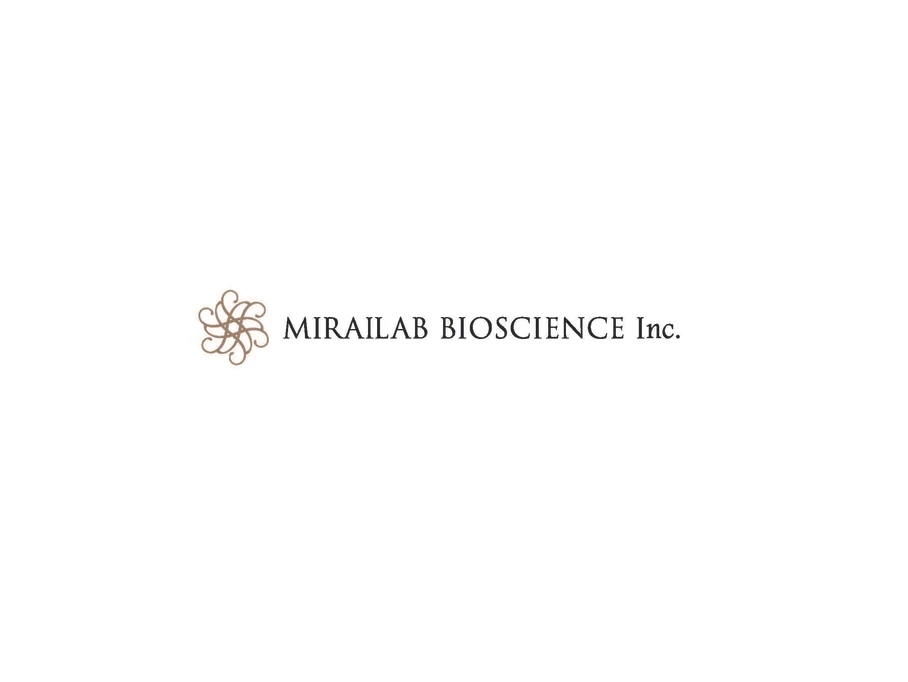
Sean Johnson, Ph.D., current clinical lab chief at Tokyo Ginza Wellness and Aging Clinic, recently published an article in nature partner journal (npj Aging) which details joint research conducted with Kiyoshi Yoshioka, senior researcher at the Research Institute for Productive Aging (IRPA) to develop a new method to measure NAD+ in the hypothalamus, which functions as a control center for aging in the brain. Specifically, NAD+ was measured during aging in regions of the hypothalamus (neuronal nuclei). In addition, administration of extracellular vesicles (EVs) containing, eNAMPT, the NAD+ synthesis enzyme, increased NAD+ in specific nuclei in the hypothalamus.
The results of this study were published in nature partner journals Aging (npj Aging) on January 25, 2023 (the article is open access at)
https://www.nature.com/articles/s41514-023-00098-1
The systemic decline in NAD+ in tissues leads to age-associated physiological dysfunction and is an important trigger of aging. The hypothalamus is a control center of aging, as such, maintaining NAD+ is important for aging and longevity. The hypothalamus regulates functions such as metabolism, sleep, eating. The hypothalamus contains several regions called neuronal nuclei which possess specific functions and characteristics. Previously, it has not been possible to accurately measure NAD+ changes in these neuronal nuclei. In this study, the newly developed method combines the use of laser capture microdissection (LCM) and high-performance liquid chromatography (HPLC) to measure the amount of NAD+ in each hypothalamic nucleus accurately.
NAD+ content in the hypothalamic nuclei was compared between 22-month-old mice and 17-month-old mice. NAD+ was decreased significantly in the arcuate nucleus (ARC), ventromedial hypothalamus (VMH), and lateral hypothalamus (LH), but not in the dorsomedial hypothalamus (DMH). Nicotinamide mononucleotide (NMN) significantly increased NAD+ levels in all these hypothalamic nuclei. Interestingly, the administration of extracellular nicotinamide phosphoribosyltransferase-containing extracellular vesicles (eNampt-EVs) increased NAD+ levels in the ARC and DMH. These results reveal the unique specificity of NAD+ regulation in the hypothalamus during aging.
Gene expression analysis examined potential reasons for the decline in NAD+ in the hypothalamus. Gene expression of enzymes related to NAD+ biosynthesis and consumption appeared unaffected with age. However, DNA damage and inflammatory markers were elevated suggesting that they may be contributing to the lower NAD+ concentration.
This method and the results regarding NAD+ changes in each hypothalamic nucleus are important for our understanding of the regulation of NAD+ biosynthesis in the hypothalamus and its role in aging and longevity control. The tissue-selective increase in NAD+ by using eNampt-EVs will provide an additional tool to understand the importance of NAD+ biosynthesis in aging and will lead to the development of a novel series of effective anti-aging interventions.
This research was conducted as part of the “Research Centre for Individual-Organ Aging” of the AMED “Elucidation and Control of Ageing Mechanisms Project” (completed in 2022), as a joint research project between IRPA and the (then) Department of Aging Research, Advanced Medical Research Centre, Kobe Biomedical Innovation City Promotion Organisation. The research was carried out in collaboration with IRPA.
■Article information
Title
Quantification of localized NAD+ changes reveals unique specificity of NAD+ regulation in the hypothalamus
Research team.
Sean Johnson (then Department of Aging, Advanced Medical Centre, Kobe Medical Industry Development Organisation) Kiyoshi Yoshioka (Institute for Research on Productive Ageing; IRPA)Cynthia S. Brace (Department of Developmental Biology, Washington University in St. Louis School of Medicine) Shin-ichiro Imai (Department of Developmental Biology – Medicine, Washington University School of Medicine; President, Institute for Research on Productive Ageing (IRPA), Inc.)
Publication Journal.
npj Aging
Article URL
https://www.nature.com/articles/s41514-023-00098-1
■Tokyo Ginza Wellness and Aging Clinic
https://tgwaclinic.com/
